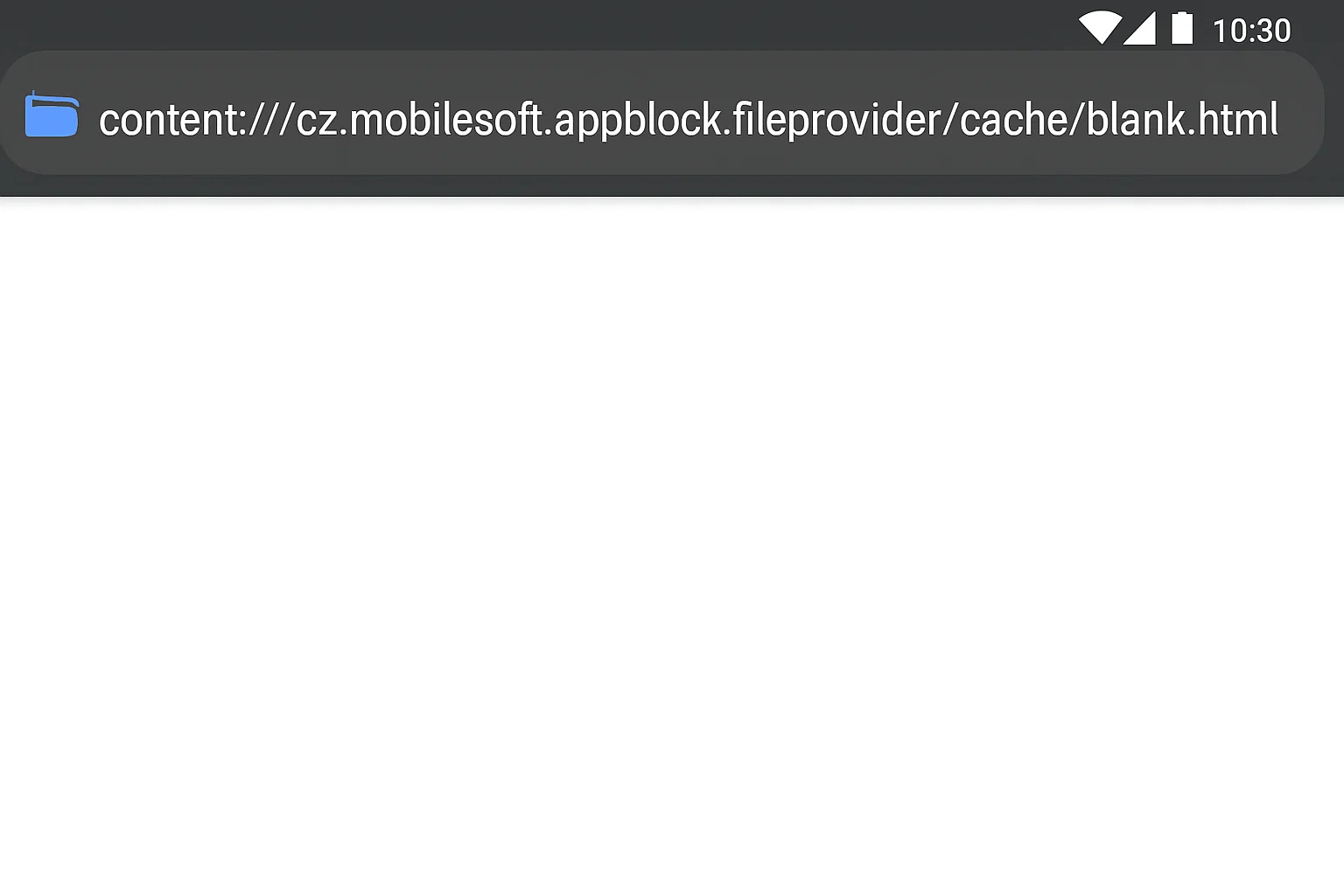In the vast ecosystem of Android apps, users may occasionally come across unfamiliar file paths or URIs (Uniform Resource Identifiers) that look technical or confusing. One such string is:
content://cz.mobilesoft.appblock.fileprovider/cache/blank.html
At first glance, this path may seem cryptic—but it actually reveals quite a bit about how Android handles files, privacy, and app data sharing. In this article, we’ll decode this URI, explain its practical role in real-world apps (particularly productivity and blocking apps like AppBlock), and clarify why it might appear in your device activity.
What Is This Path?
Let’s start by breaking down the URI:
content://— This indicates a content URI, which is a secure way for Android apps to access and share files.cz.mobilesoft.appblock.fileprovider— This part identifies the FileProvider authority. In this case, it points to an app made by a Czech developer (Mobilesoft), likely AppBlock./cache/blank.html— This is the path to an actual file (calledblank.html) stored in the app’s cache folder.
Put together, this URI tells Android to open a file (blank.html) from the AppBlock app’s cache directory, using a special system mechanism called FileProvider.
What Is AppBlock?
AppBlock is a well-known productivity app that helps users limit distractions by temporarily blocking apps, websites, or notifications. It’s commonly used by:
- Students trying to avoid social media
- Professionals managing screen time
- Parents who want to control their child’s device use
AppBlock works by preventing access to specific apps or URLs during scheduled focus times. This is where the blank.html file comes in.
The Role of blank.html
When a user tries to open a blocked website, AppBlock likely doesn’t just block the attempt silently—it redirects the browser or the request to a blank page. That’s what blank.html is:
- A placeholder file with no content
- Stored temporarily in the app’s cache
- Loaded instead of the intended (but blocked) content
This prevents the user from reaching the distracting content and avoids browser errors or crashes from incomplete redirects. It’s a gentle, seamless form of blocking.
Why Use FileProvider?
Android enforces strict security policies when it comes to accessing files. Apps can’t just open another app’s data freely. That’s where FileProvider comes in. It acts like a controlled gateway that allows one app to share its files with others—but only under safe conditions.
By using:
content://cz.mobilesoft.appblock.fileprovider/cache/blank.html
AppBlock ensures the system and other apps (like a web browser) can access blank.html securely without exposing sensitive directories or violating Android’s sandbox rules.
Is This Path Harmful or Suspicious?
Absolutely not. This path is:
- A normal part of how AppBlock works
- A security-conscious way of redirecting blocked content
- Common practice in apps that enforce productivity or content control
However, if you see similar URIs from unknown or untrusted apps, it’s smart to review permissions and data access settings in your device settings.
Developer Perspective: How and Why to Use This
If you’re an Android developer working on parental control apps, productivity tools, or privacy filters, using a blank.html placeholder through FileProvider is a useful pattern. You can:
- Safely redirect blocked attempts to neutral content
- Provide a clean user experience (no ugly browser errors)
- Keep user data secure by using
cache/storage and non-sensitive file names
This method also complies with Android’s Scoped Storage model, which limits direct access to the filesystem and encourages content URI-based file sharing.
Real-World Scenarios Where You Might See This
You might encounter this URI in:
- Browser history if AppBlock blocked a link you tried to open
- Log files or bug reports on your phone
- Digital wellbeing reports from certain monitoring tools
It simply means: “A blocked or filtered web page was replaced with a blank placeholder.” It’s not a bug, it’s a feature.
Final Thoughts
The URI content://cz.mobilesoft.appblock.fileprovider/cache/blank.html might seem like a meaningless string of characters at first. But behind it is a clever and secure system that allows Android apps to manage what content users can access—while keeping privacy and performance in mind.
In the case of AppBlock, this technique helps users stay focused, reduce distractions, and take control of their digital habits. It’s a great example of how thoughtful app design can make technology work for users instead of distracting them.
Understanding these technical details may not be necessary for everyday users, but it helps to know that Android is full of smart systems working quietly in the background—just like blank.html.










